Fixing loose fibers on a dartboard is often a simple matter of gently trimming or securing them. This article will guide you through several effective methods for addressing this common issue, ensuring your dartboard remains in optimal playing condition. We’ll also cover preventative measures and explore related aspects of dartboard care.
⚠️ Still Using Pen & Paper (or a Chalkboard)?! ⚠️
Step into the future! The Dart Counter App handles all the scoring, suggests checkouts, and tracks your stats automatically. It's easier than you think!
Try the Smart Dart Counter App FREE!Ready for an upgrade? Click above!
Loose fibers are a common problem, particularly with sisal dartboards, which are known for their natural fibers. These fibers can interfere with your throw, deflecting darts and affecting your scores. Fortunately, fixing loose fibers on a dartboard is often a straightforward process that requires minimal tools and effort.
Fixing Loose Fibers on a Dartboard: Simple Solutions
The most basic method for fixing loose fibers on a dartboard is to carefully trim them with small scissors. This approach is ideal for individual fibers or small clusters. Use sharp, small scissors to avoid damaging the surrounding area. For a neater finish, consider using precision scissors or even a sharp craft knife. Be sure to take your time and trim only the loose fibers, avoiding cutting into the underlying sisal material. Remember, patience is key when dealing with such delicate work, ensuring the longevity of your dartboard. This method is effective for minor issues and works best when addressing the problem early. After trimming, you may want to consider the additional measures mentioned later.
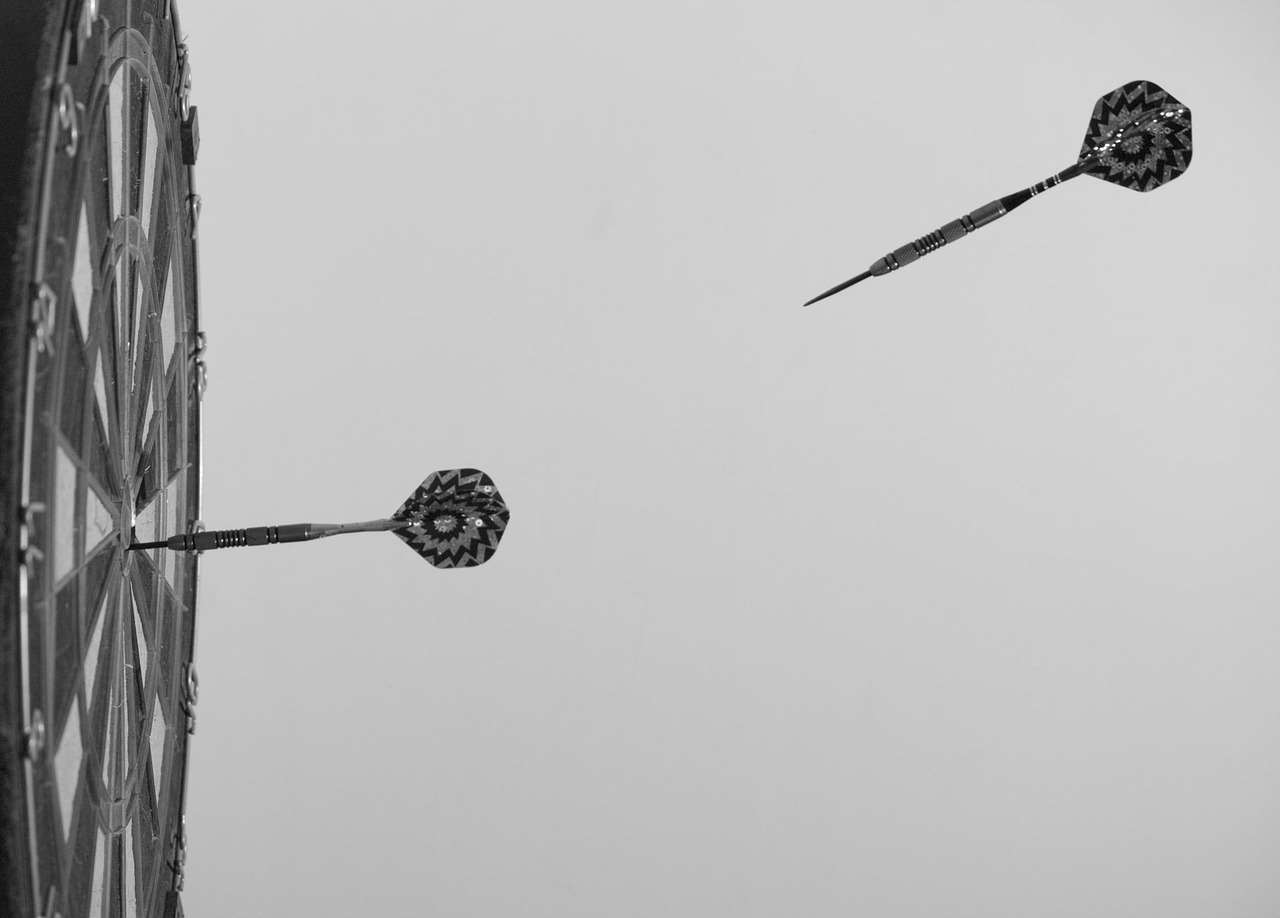
For more stubborn fibers, you might need to employ a slightly different technique. Instead of simply cutting them, consider carefully pressing them back into place. You can use a small, blunt object like the back of a spoon or a dull butter knife to gently push the loose fibers back into the dartboard’s surface. This method is less damaging than trimming, particularly if you’re concerned about accidentally cutting into the dartboard too deeply. Again, patience is key. Apply firm but gentle pressure. Work slowly and methodically for optimal results. Remember to check the board regularly for any signs of additional loose fibers.
Preventative Measures for Loose Fibers
Prevention is always better than cure. Taking proper care of your dartboard can significantly reduce the likelihood of encountering loose fibers. Regular cleaning is vital. Dust and dirt can accumulate, causing fibers to become brittle and more prone to loosening. To maintain your dartboard, make sure you clean it regularly using an appropriate cleaning agent specifically designed for dartboards. There are many options available on the market for dartboard cleaning and maintaining its structural integrity. Avoiding excessive force when throwing your darts can also prolong the life of your board and reduce the chance of damaging the fibers. Learning the proper technique can help prevent this issue. Consider consulting our guide on proper dartboard care and maintenance for more detailed information.
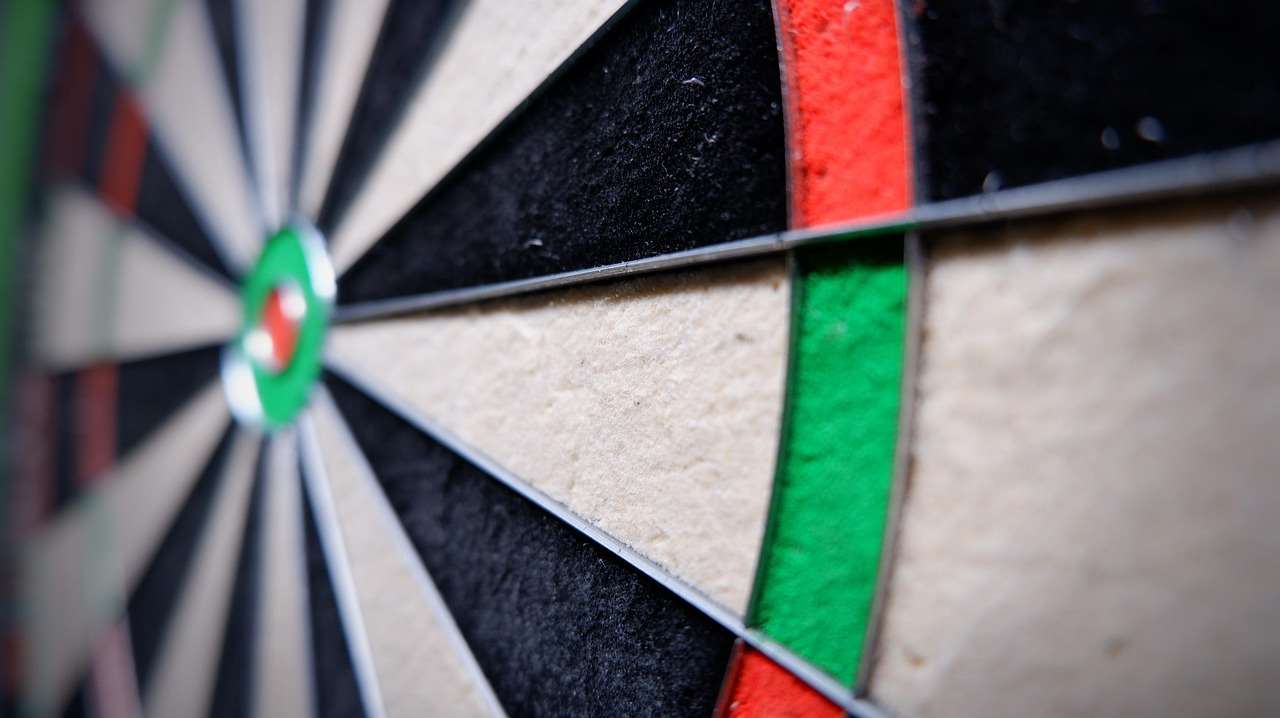
Additionally, storing your dartboard correctly is also crucial. If you’re not using your dartboard, consider covering it with a protective cover to prevent dust and dirt from accumulating and to ensure a longer lifespan, reducing the need for frequent fixing loose fibers on dartboard measures. Protecting the dartboard from environmental factors such as excessive moisture or direct sunlight will also help to prolong its lifespan and reduce instances of loose fibers.
Addressing More Extensive Fiber Problems
If you’re dealing with a significant number of loose fibers, or if the problem is widespread across the dartboard’s surface, simply trimming or pressing them back in might not be enough. In such cases, you might need to consider more intensive solutions. While these might seem daunting, remember that with a little patience and the right tools, you can effectively address these more extensive issues. In fact, several techniques can help you restore your dartboard’s integrity. If all else fails, it might even be cheaper to get a new dartboard compared to continuously fixing loose fibers on a dartboard.
One option is to carefully use a small amount of adhesive. Choose an adhesive that’s suitable for use on sisal and is relatively quick-drying. Applying a tiny amount to the base of a group of loose fibers and gently pressing them back into place can be surprisingly effective. However, this approach demands precision to avoid any visible glue residue and ensure the adhesive doesn’t affect the dartboard’s playing surface. This method is only suitable for smaller, localized areas. Remember to never use too much glue as it will stick to your darts. Using an appropriate glue sparingly is essential.
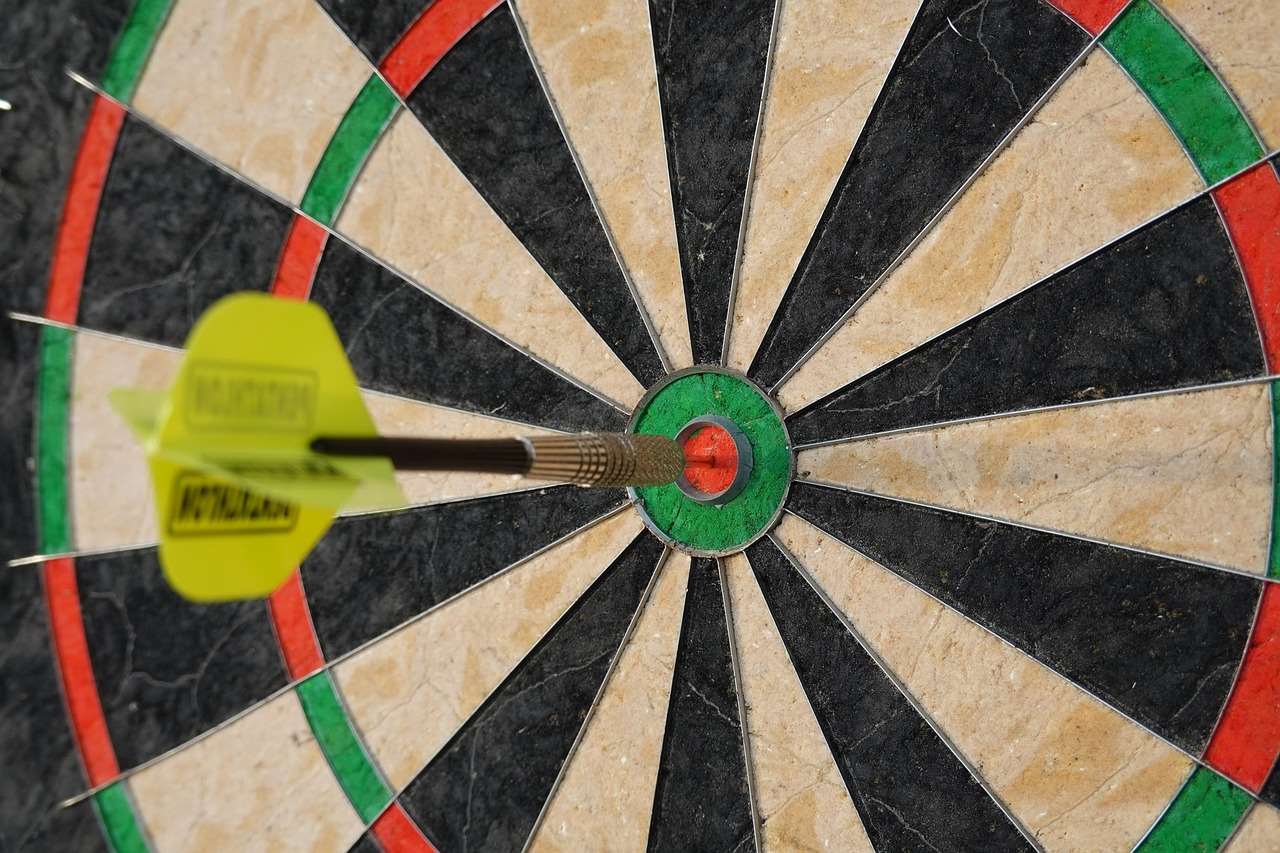
Another approach, especially effective when many fibers are consistently becoming loose in one section of the board, might be to consider the overall health of the dartboard. If there are a significant number of loose fibers, there is a chance of other issues, such as a problem with the underlying board materials. A poorly constructed or damaged dartboard will only continue to produce loose fibers. Considering replacing it with a high-quality dartboard from a reputable brand could be a worthwhile investment in the long run, saving you the time and effort of constantly fixing loose fibers on a dartboard.
Understanding the Causes of Loose Fibers
Understanding why the fibers are becoming loose is crucial for effective solutions. Sometimes, the issue stems from improper dartboard setup or placement. Make sure your dartboard is securely mounted and level to prevent excessive stress or wear on the fibers. Poor dart throwing technique can also contribute to loose fibers. If you’re consistently hitting the dartboard with excessive force or at off-center angles, it puts extra strain on the fibers. For instance, darts that are incorrectly fitted and lack proper weighting often cause irregular stress on your dartboard, leading to loose fibers. Improperly maintained darts can exacerbate the problem, so consider reading our guide on dart equipment repair vs replacement factors chart for more information.
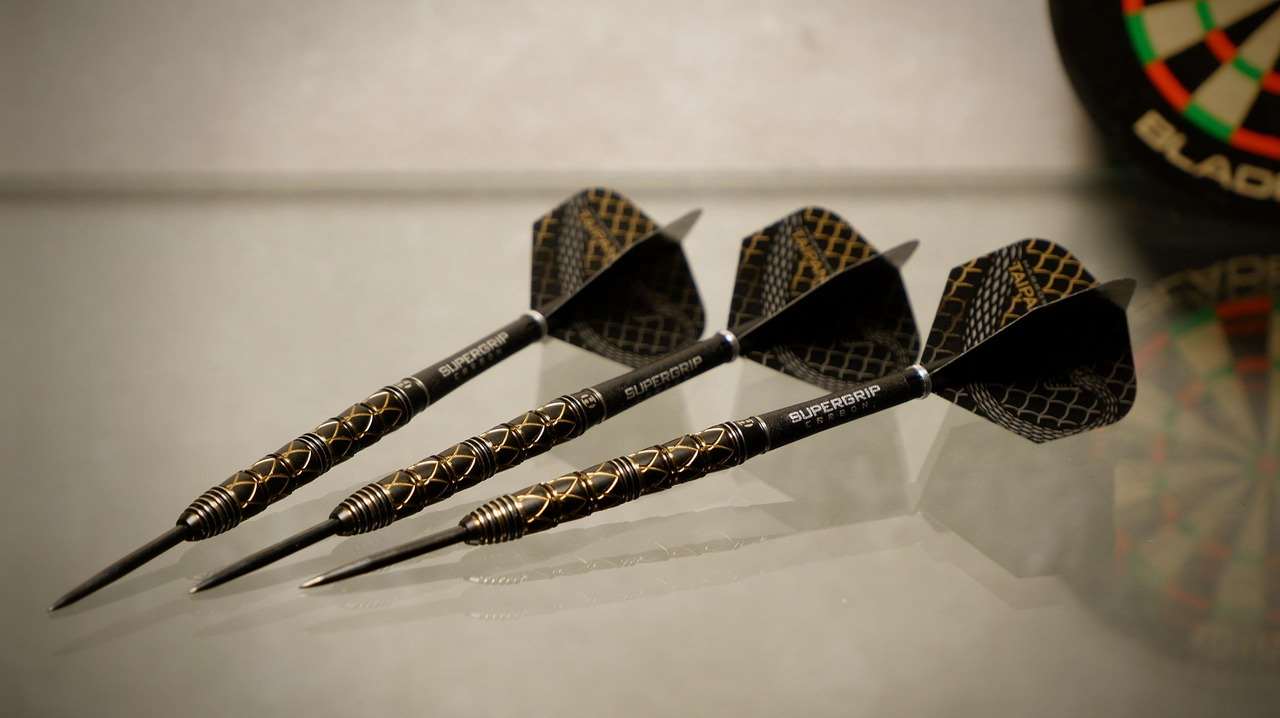
Beyond the Basics: Advanced Techniques and Considerations
While trimming and pressing often suffice, more advanced situations may necessitate different approaches. For example, if a section of the dartboard is severely damaged, simply addressing individual loose fibers isn’t enough. Here, you might need to consider localized repairs, possibly involving carefully filling in small damaged areas. This can be a delicate process and may require specialized materials and a steady hand. However, it’s a viable option for preserving a well-loved dartboard.
Remember to always prioritize safety when working with sharp tools or adhesives. Always follow the manufacturer’s instructions when using any materials and consider wearing appropriate safety gear such as gloves to ensure your safety. You might also want to review our guide on repointing darts techniques for more insights into proper dart handling and maintenance, which can indirectly influence the maintenance of your dartboard.
If you’re struggling with persistent issues despite your best efforts, it may be time to consider replacing the dartboard. A new dartboard will offer a fresh, consistent playing surface, free from loose fibers and other imperfections. If this is the route you need to consider, remember to choose a high-quality dartboard from a reputable brand to ensure longevity and consistent performance. Remember that a poorly installed dartboard is likely to increase the occurrence of issues such as fixing loose fibers on a dartboard.
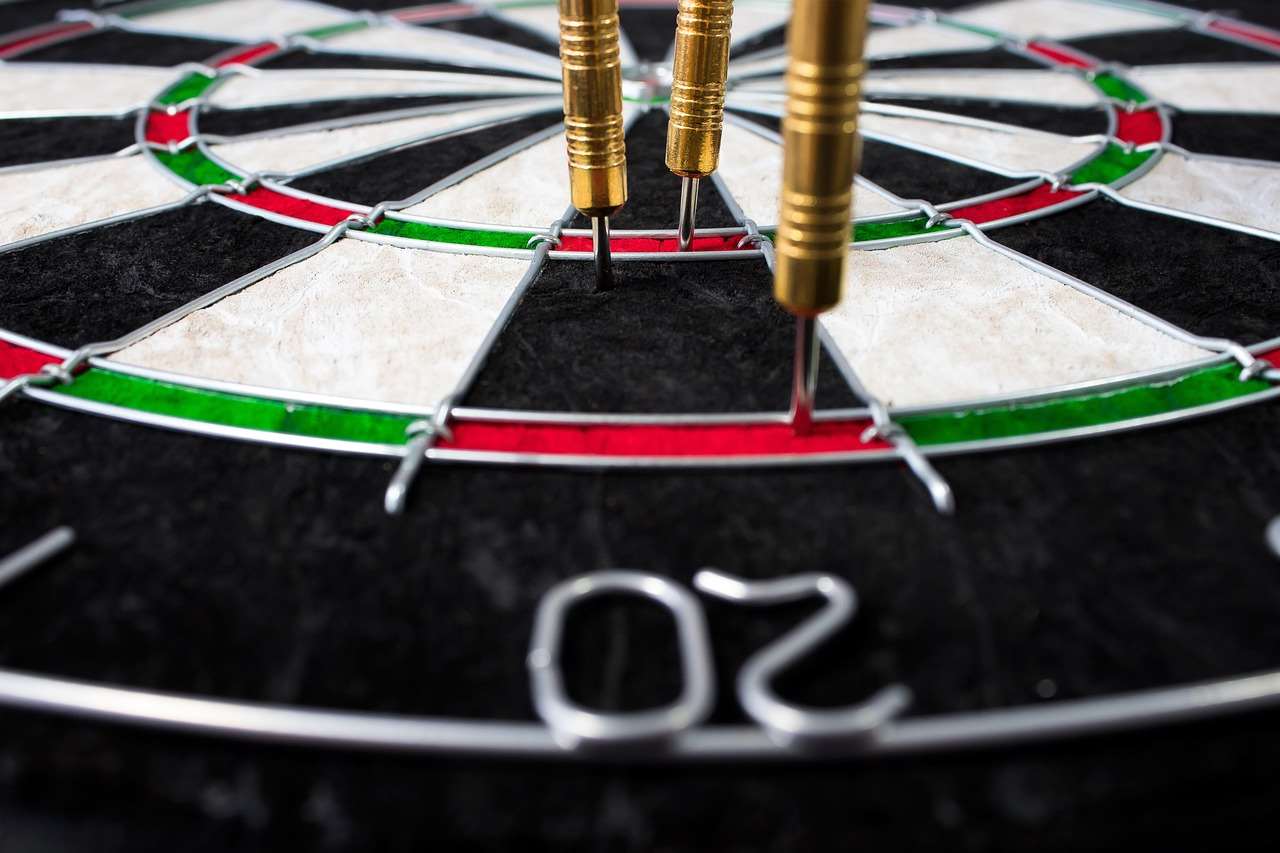
Finally, maintaining a clean and well-maintained dart environment contributes significantly to the lifespan of your dartboard. Regular cleaning, proper storage, and mindful throwing techniques all play a crucial role in preventing damage and the need for constant repairs. Remember to consult our comprehensive guide on Darts Equipment Maintenance Customization for additional tips and techniques for maintaining your dart equipment.
Conclusion
Fixing loose fibers on a dartboard is often a manageable task, achievable with simple tools and a little patience. From trimming loose fibers with scissors to gently pressing them back in place, various methods address minor issues. However, for more significant problems, consider more advanced techniques or even replacing the dartboard. Remember that preventative measures, such as regular cleaning and proper storage, play a critical role in prolonging your dartboard’s life. By combining appropriate maintenance with the techniques discussed in this article, you can ensure many enjoyable hours of dart-throwing fun! For further insights into dart maintenance and optimization, please explore our other resources on dartboard care, including information on dart setup replacement guide.
Hi, I’m Dieter, and I created Dartcounter (Dartcounterapp.com). My motivation wasn’t being a darts expert – quite the opposite! When I first started playing, I loved the game but found keeping accurate scores and tracking stats difficult and distracting.
I figured I couldn’t be the only one struggling with this. So, I decided to build a solution: an easy-to-use application that everyone, no matter their experience level, could use to manage scoring effortlessly.
My goal for Dartcounter was simple: let the app handle the numbers – the scoring, the averages, the stats, even checkout suggestions – so players could focus purely on their throw and enjoying the game. It began as a way to solve my own beginner’s problem, and I’m thrilled it has grown into a helpful tool for the wider darts community.